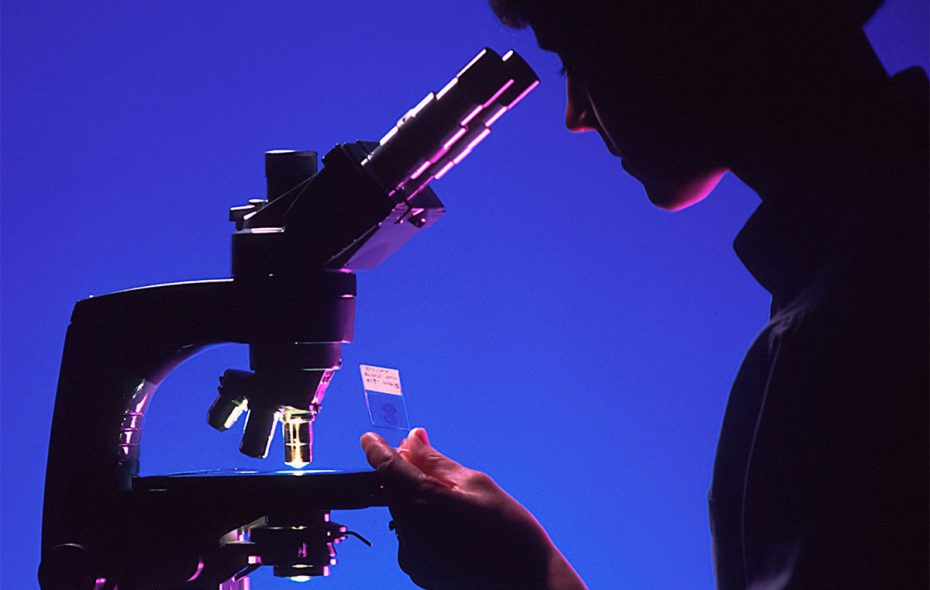
Scientists in China have become the first in the world to administer CRISPR-Cas9-edited cells to humans. The clinical trial, conducted by Sichuan University in collaboration with Chengdu MedGenCell, is using engineered immune cells to treat metastatic non-small cell lung cancer (NSCLC), the most common form of lung cancer. The first patient was treated on 28 October 2016.
In the Phase 1 study, the T cells will be collected from the patient and then the gene for PD-1 (programmed cell death protein-1) knocked out using CRISPR-Cas9 techniques, which act as molecular scissors and 'snip' out genetic material. The cells will then be reinfused into the patient, and the study will involve three groups of patients receiving two, three or four cycles. The aims are to assess safety and tolerability of the treatment, as well as getting early indications of response. Study completion is expected in April 2018.
This means that China has beaten the US to the start line, though there are US trials in the CRISPR-Cas9 cancer pipeline. In a safety study, researchers at the University of Pennsylvania will create T cells with three edits – the first inserts a gene for a protein that detects and targets cells, the second removes a protein that could slow the process, and the third removes another protein that stops the cancer cells 'blinding' the T cells to their presence. This trial has been given the go-ahead by the US National Institutes of Health (NIH).
US researchers at Stanford University School of Medicine have used CRISPR-Cas9 techniques to correct the single mutation that causes sickle cell anaemia. After deleting the faulty gene and inserting a healthy version in patients' blood stem cells, the team injected the cells into mice, and these were still working after 16 weeks. A clinical trial is planned and the first patient could be treated in 2018. In another approach, a team, from UC Berkeley, UC San Francisco Benioff Children’s Hospital, Oakland Research Institute and the University of Utah School of Medicine used CRISPR-Cas9 to edit the sequence and correct the mutation. This is around five years away from the clinic.
It has been a year of firsts for CRISPR-Cas9 technology. In September 2016, a CRISPR-Cas9-improved plant was cooked and eaten for the first time.
The ethics behind CRISPR-Cas9 are going to be complex – this is a technology that could completely revolutionise the treatment of genetic disease, but that will also spark debates about its use, particularly in the germline. It will need a global regulatory framework that is flexible enough to be adapted for different jurisdictions, with education and debate within scientific and public sectors.